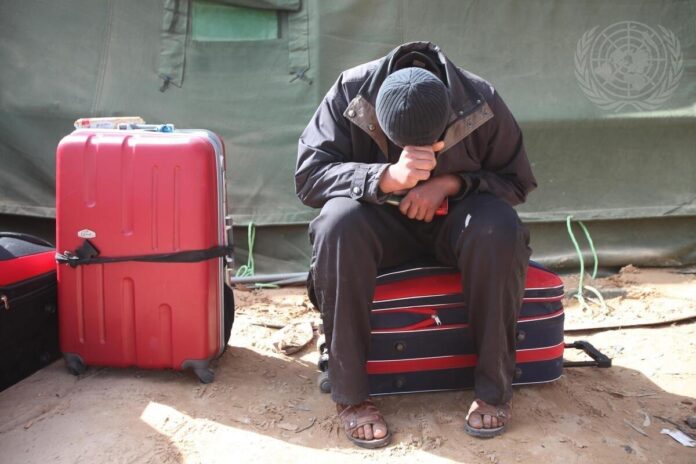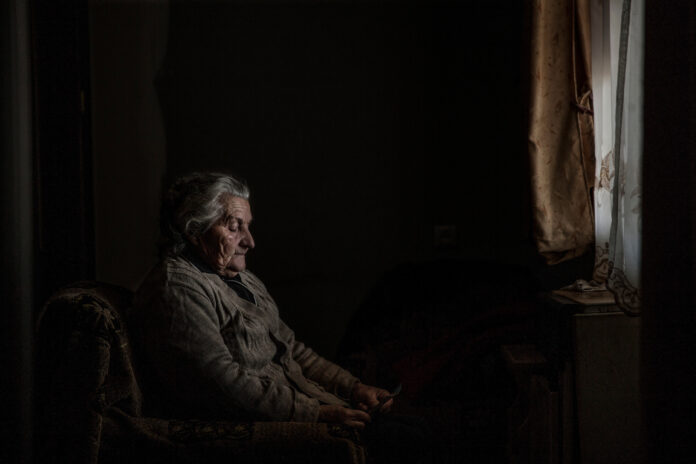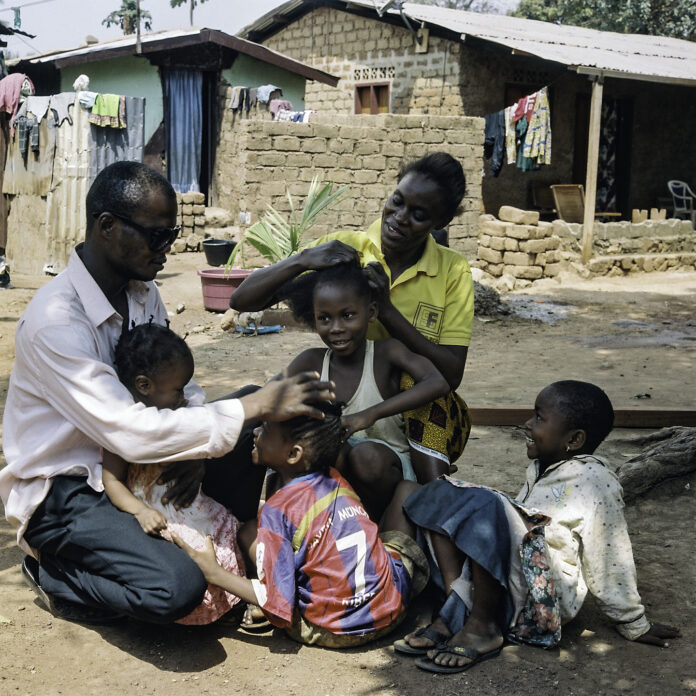This year marks the twenty-fifth anniversary of the adoption of the Rome Statute, the international treaty that established the International Criminal Court (ICC). To mark the occasion, the ICC unveiled an exhibition entitled “Common Bonds”, first at the Atrium and then at the Grote Kerk event space in The Hague. An outdoor version of the exhibition will be on display along the Lange Voorhout from 24 October to 6 November 2023. The exhibition is free and open to the public
On 17 July 1998, 120 states adopted the Rome Statute, a treaty creating the first permanent international criminal court to investigate and try individuals accused of genocide, war crimes and crimes against humanity, and now also the crime of aggression.
Today, a total of 123 states have ratified the treaty, which represents two-thirds of the states in the international community. In an effort to create a more just world and fight impunity, the Court has worked tirelessly to investigate and prosecute some of the world’s gravest crimes.
Since the signing of the Rome Statute in 1998, the Court has been and remains committed to act against atrocious crimes on a global scale. To commemorate and reflect on the impact of the Rome Statute’s first twenty-five years, the ICC launched this exhibition, which offers a glimpse into the stories of survivors, the conflicts under ICC investigations, and the work of the Court.

The exhibition reflects on how we are “united by common bonds”, a quote from the very first sentence of the Rome Statute’s Preamble. As explained by H.E. Silvia Fernández de Gurmendi, President of the Assembly of States Parties (ASP): “In our fragmented world, it is indeed appropriate to emphasize the bonds that unite us. These are the ties that prompted us to work together for the creation of the first permanent criminal court and allowed us to succeed, against all odds, in that historic evening of 17 July 1998. Unfortunately, as the Preamble of the Statute also recognizes, our shared heritage is a delicate mosaic that may be shattered at any time. And indeed it has been shattered again and again since the creation of the Court. The atrocities of the XXth Century that led to the creation of the Court have not ceased.”
The ASP President continued: “The exhibit pays tribute to victims and survivors of these atrocities, focusing on those within the 17 situations under investigation or prosecution by the Court. For them, who have seen horror, there is hope of justice and reparations.”
This exhibition is hosted by the Assembly of States Parties and was produced by the ICC in collaboration with the Trust Fund for Victims (TFV). The photos and accompanying captions are for the purpose of the exhibition only. They do not represent, and are without prejudice to, the legal findings in specific cases and situations before the Court. The ICC is grateful for the generous support of the Ministry of Foreign Affairs, the Municipality of The Hague, and the European Union in producing this exhibition.
As a complementary court of last resort, the ICC has opened investigations into 17 situations over the past two decades, across four continents – Africa, Asia, the Americas, and Europe – bringing 31 cases to the Court, issuing 40 arrest warrants, 10 convictions and 4 acquittals. From the situation in Ukraine, to the so-called “war on drugs” in the Philippines, and to acts of violence that have displaced and harmed millions of people in Afghanistan, Darfur (Sudan), Venezuela and other countries, the “Common Bonds” exhibition highlights all 17 situations in which the Court has opened investigations.

Working closely with photographers from around the world, the Court carefully curated the exhibition to reflect the voices of victims and survivors of atrocities and crimes that the Court is working to address. Many of the stories included in the exhibition were collected directly by the ICC while working in countries and interviewing people affected by the respective crimes. Some other stories were generously shared with the Court by partners or other international organizations. The photographs from the Democratic Republic of Congo were created in collaboration with the TFV and include some of the first ICC reparation stories to be made public in the Court’s history. The ICC’s system gives victims and survivors of crimes the opportunity to participate in the proceedings, thereby helping to bring those accused to justice.
“This exhibition seeks to tell stories that cannot be told by numbers or by data. Instead, these stories will be told through the medium of art and will, hopefully, leave us with a fresh perspective of the Court’s work and renewed commitment to its mandate,” said Judge Piotr Hofmański, ICC President, at the launch of the exhibition.
Each story focuses on a single person or family, a single experience of a conflict. A man forced to flee his country of Libya, an elderly Georgian woman whose house was burned to the ground, a man who was shot in the face in the Central African Republic – these are individual accounts, but there are thousands more stories of survival behind each of them.

The stories involve violence, suffering and loss, but also many other common threads: love, friendship, family, home, community, and hope. They are stories of humanity’s most serious crimes, but they also represent courageous individuals and a relentless pursuit of justice.
In the words of the ASP President: “Twenty-five years after the creation of the Court, our turbulent world needs more justice than ever. It is the time to demonstrate that the bonds that united us in 1998 continue to hold us together twenty five years down the road.”



